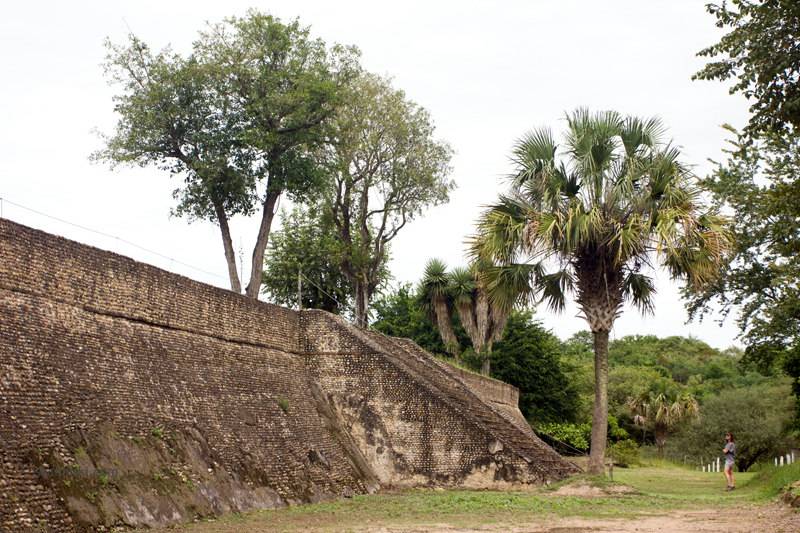The Historical and Cultural Significance of Tamuín
Tamuín, a municipio in the Mexican state of San Luis Potosí, stands as a testament to the rich cultural and historical heritage of the Huastec civilization, a branch of the Maya group. This region, located approximately 1000 km south of the US border, is part of the broader area known as Huasteca, which spans across several Mexican states. Today, Tamuín is recognized for its significant archaeological sites that offer insights into the precolonial Huastec culture.
Get your dose of History via Email
Toponymy and Location
The name Tamuín has been spelled in various forms over time, including Tamui, Tamuche, and Tamohi, among others. The meaning of Tamuín remains undetermined, with suggestions ranging from “gar spot” to “mosquito spot.” Another interpretation suggests that Tamuín means “place of the book of knowledge,” highlighting its status as a leading ceremonial center in the Huasteca region. The municipio is strategically located in the eastern part of San Luis Potosí, bordered by Tamaulipas to the north and Ciudad Valles to the west.
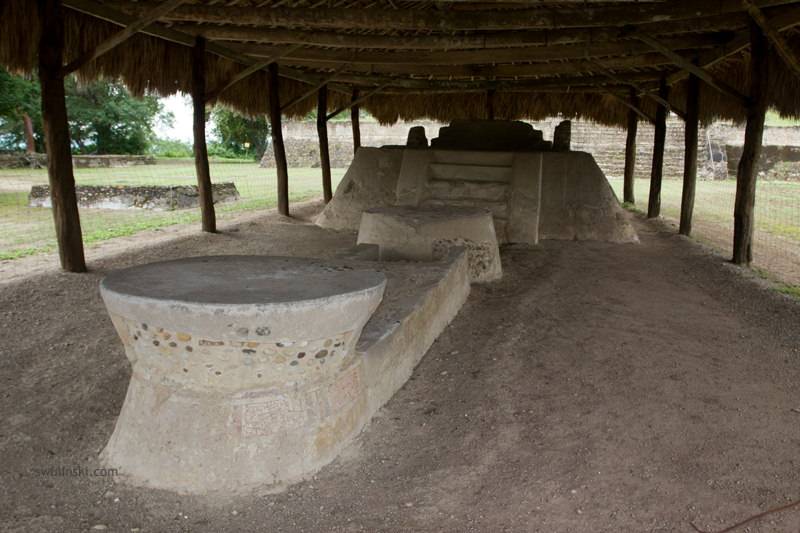
Climate and Hydrography
Tamuín experiences a hot climate for most of the year, with cooler temperatures from November to February. The Tampaón River, a significant waterway, runs through the municipio, contributing to the area’s rich hydrography, which includes several lagoons.
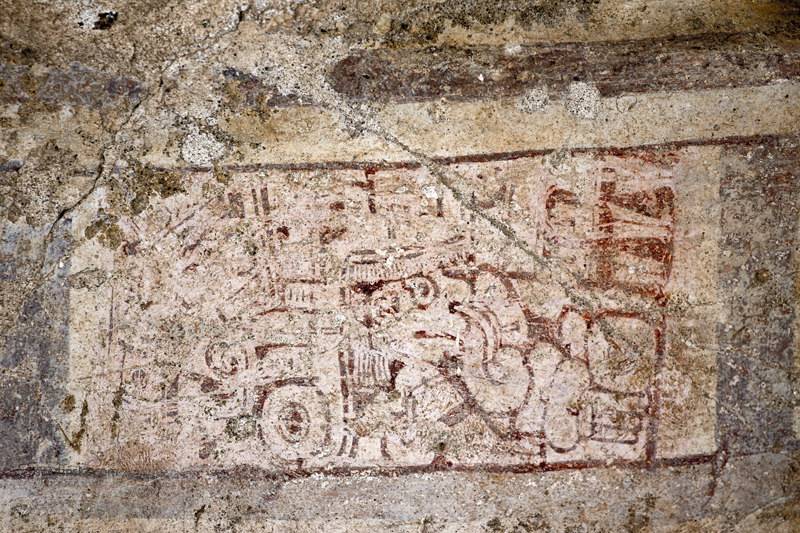
Historical Overview
The Huastec territory, known as La Huasteca, was far removed from the main Maya region. The first royal land lease in this area was granted in 1555, emphasizing the importance of fisheries to the Huastec tribe. Over the centuries, Tamuín underwent various administrative changes, eventually becoming a municipio by decree in 1827. Notably, in 1831, the arrival of a steamboat marked a significant event for the region, showcasing the area’s connectivity and importance.
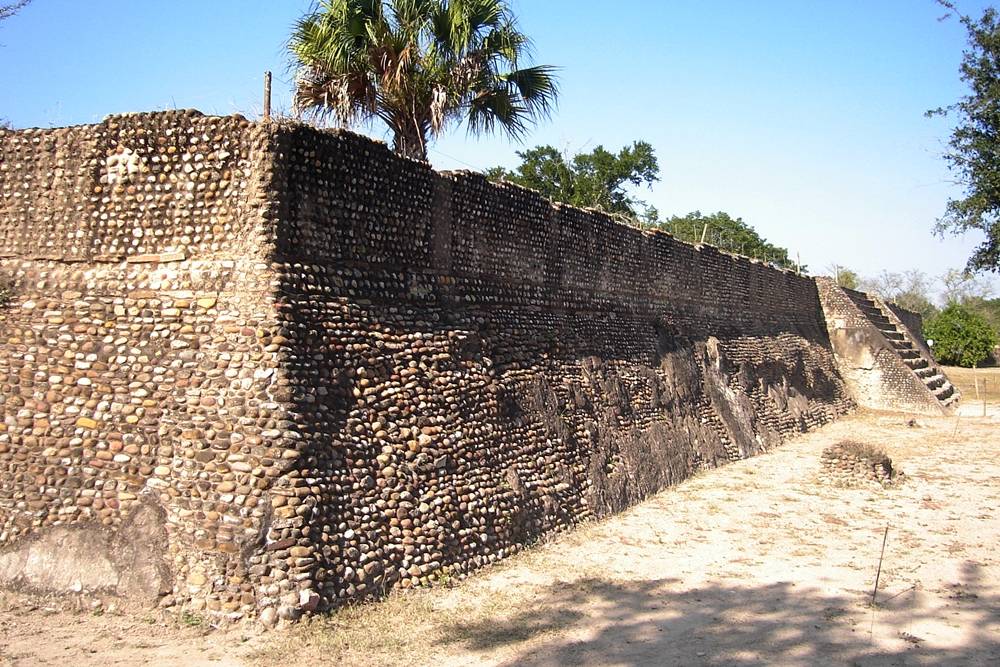
Economy
Tamuín’s economy is diverse, with agriculture, animal ranching, manufacturing, and fishing playing crucial roles. Notable agricultural products include corn, sorghum, and sugar cane, while the region also hosts a cement plant and electric generating stations.
Archaeological Sites
Tamuín is home to three important Huastec archaeological sites: Tamtok, El Consuelo, and Tzintzin-Lujub. These sites provide valuable insights into the Huastec culture, with Tamtok being particularly notable for its ceremonial plaza and ritual platforms. El Consuelo, another significant site, showcases the Huastec culture’s artistic and architectural achievements, including the renowned Huastec Adolescent sculpture. Tzintzin-Lujub, also known as Agua Nueva, further contributes to our understanding of the region’s pre-Hispanic history.
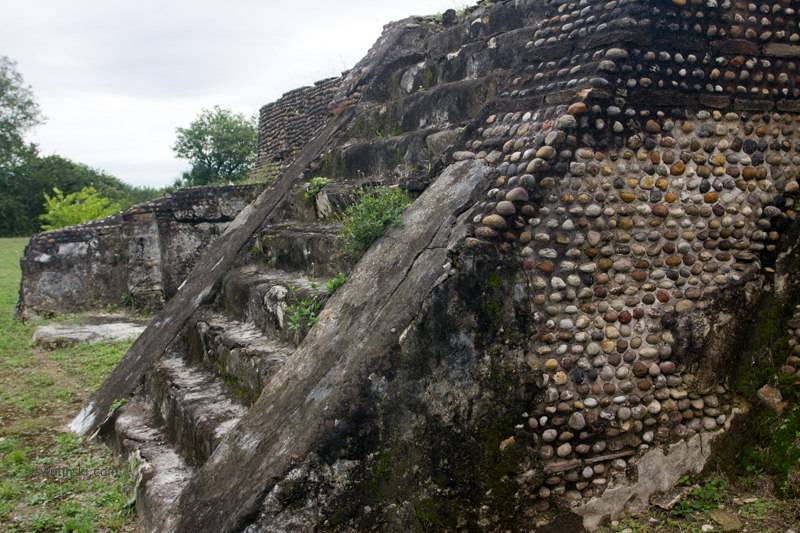
Conclusion
Tamuín’s rich historical and cultural heritage, underscored by its significant archaeological sites, offers a window into the Huastec civilization’s past. The region’s strategic location, diverse economy, and historical significance make it a vital area of study for understanding Mesoamerican cultures. As research continues, Tamuín’s role in the broader narrative of precolonial Mexico will undoubtedly become even more apparent, shedding light on the complexities and achievements of the Huastec people.

